Category: Gamification
Aug 8
335,000 people at one conference: that’s not what a niche looks like
“Move to the right! One direction only!” The ushers desperately try guiding the masses of young people through the hallways. And it’s necessary: 335,000+ attendees descend on the gamescom 2015, the world’s largest video game conference. But the visitors take it calm. Many of them had to wait hours outside at one of the four main entrances to get in. A lot of them wear either T-shirts with their games logos or characters, or right away dress up in Cosplay-style as their game characters in often lavish and detailed costumes. This conference has staggered times because too many people are on the exhibition area.
All major and small video games companies are presenting first glances of their newest games. And the young gamers are patient. Up to four hours waiting time outside the mega-booths in long lines for an opportunity to play the newest shooter or simulation for 10 minutes is not unusual at the gamescom. But this does not stop the gamers to be upbeat, the mood is festive and full of excitement. And the vendors use all tricks to keep them engaged with music, freebies, and employees dressed up in their games costumes.
Blizzard with their long running World of Warcraft world exhibits multiple characters as live size dolls, Halo, Call of Duty – Black Ops 5, Fallout, Hearthstone, Inquisitor, Star Wars, Guitar Hero, and yes – Bus Simulator: people patiently waiting to get close to their favorite games and a chance for a sneak preview. And every video game studio has some special treat for their loyal fans.
Each booth – or shall I say: mega-booth? – covers an area of 15m by 15m, often with a big screen of 3mx5m as the central piece. Professional players on the stage demonstrate the features of the game by running through play sequences with hundreds of visitors watching. Each booth also features at least 20 game consoles and screens where the patient attendees can test out the games by themselves – 10 minutes at a time.
It is no accident that at the same time the gamescom takes place in Cologne, on the other side of the globe in Seattle the DOTA 2 – The International championship brings hundreds of professional video gamers together to compete for a record breaking $18M in prizes. In stadium settings each of the 6 days ten thousand spectators are watching the pros at the stadium, while 25 million people worldwide watch the stream live.
What you see here is not a niche. This is mainstream, and in companies, media, and government nobody notices, although it’s right in their faces. Still too many regard video games as a subculture that only creates violent criminals and dysfunctional individuals. The commentary on some newspapers speaks about the opinionated ignorance on this topic. But what the gamescom shows is that companies and societies urgently need to understand the cultural shift that is going on here.
Video games have become part of the mainstream. People speak games, they refer to and quote from games as in the past people have been doing from classic literature, theater, or movies. The majority of gamescom attendees is younger than 25 and this generation will soon enter the workforce. It can be easily predicted that this generation of employees will have drastically different demands from work experiences. And we are not prepared at all.
Immediate feedback, the chance to take risks, the larger meaning behind the job are just few of them. The social interaction, the high speed, the navigation in a complex environment is what today’s gamers grew up with. Performance reviews at the end of the year, months after the fact, playing it safe, doing what they are being told is not what these future employees are used and willing to accept.
My talk on gamification in human resources that I presented at the parallel gamescom congress uncovered the generation gap. Each of the audience members listening to my talk was in sheer astonishment about what they were seeing at the conference. The masses of young people and their palpable passion led to the realization that there is something going on that companies must start understanding.
The signs are everywhere. We see it with our children or grand children. What starts as anecdotal evidence that some may try to explain away and dismiss as outlier manifests at the gamescom as significant trend unfolding right before our eyes. And we didn’t see it, or didn’t want to see it. If companies want to lead into the next decades, understanding video games and how to transfer those experiences into work has to become a core activity and skillset for modern companies. And this is the place that Gamification will have in your company.

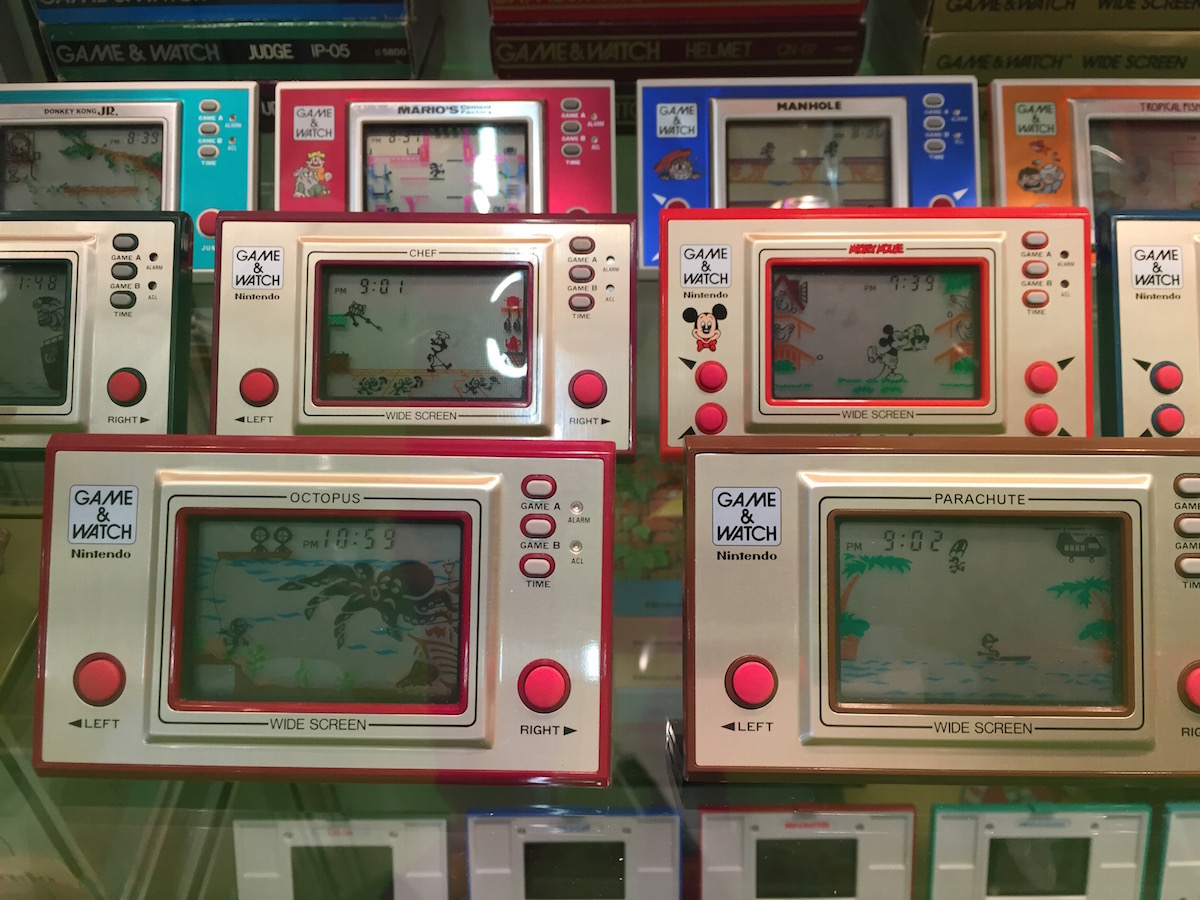

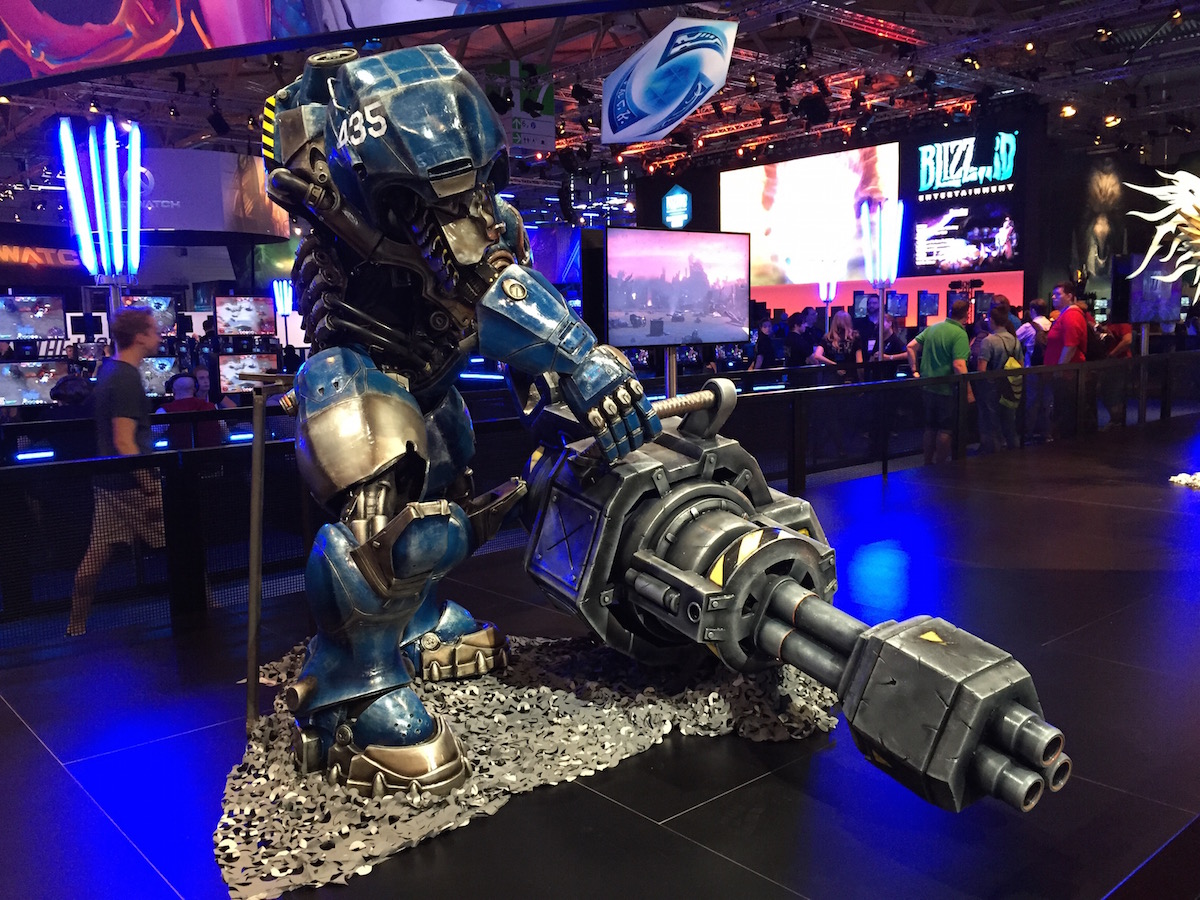
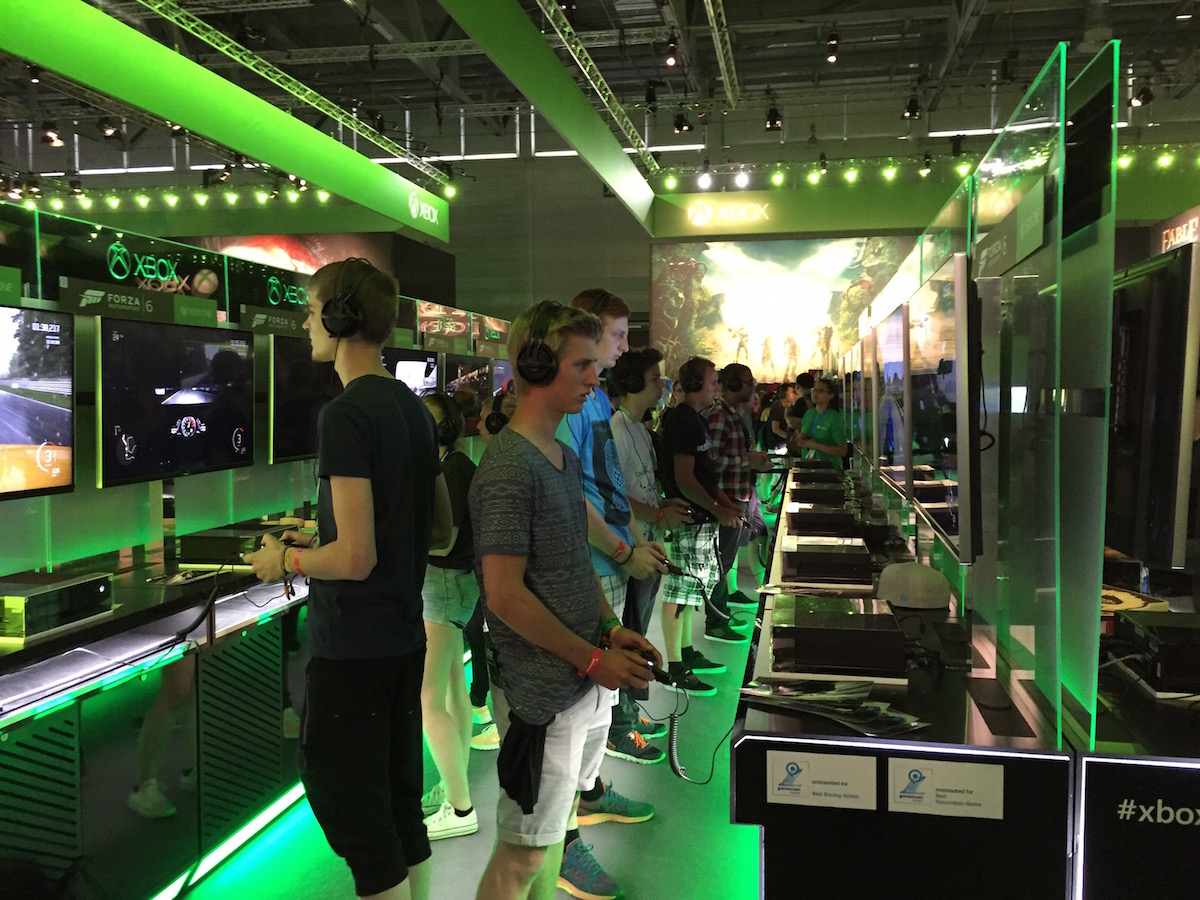
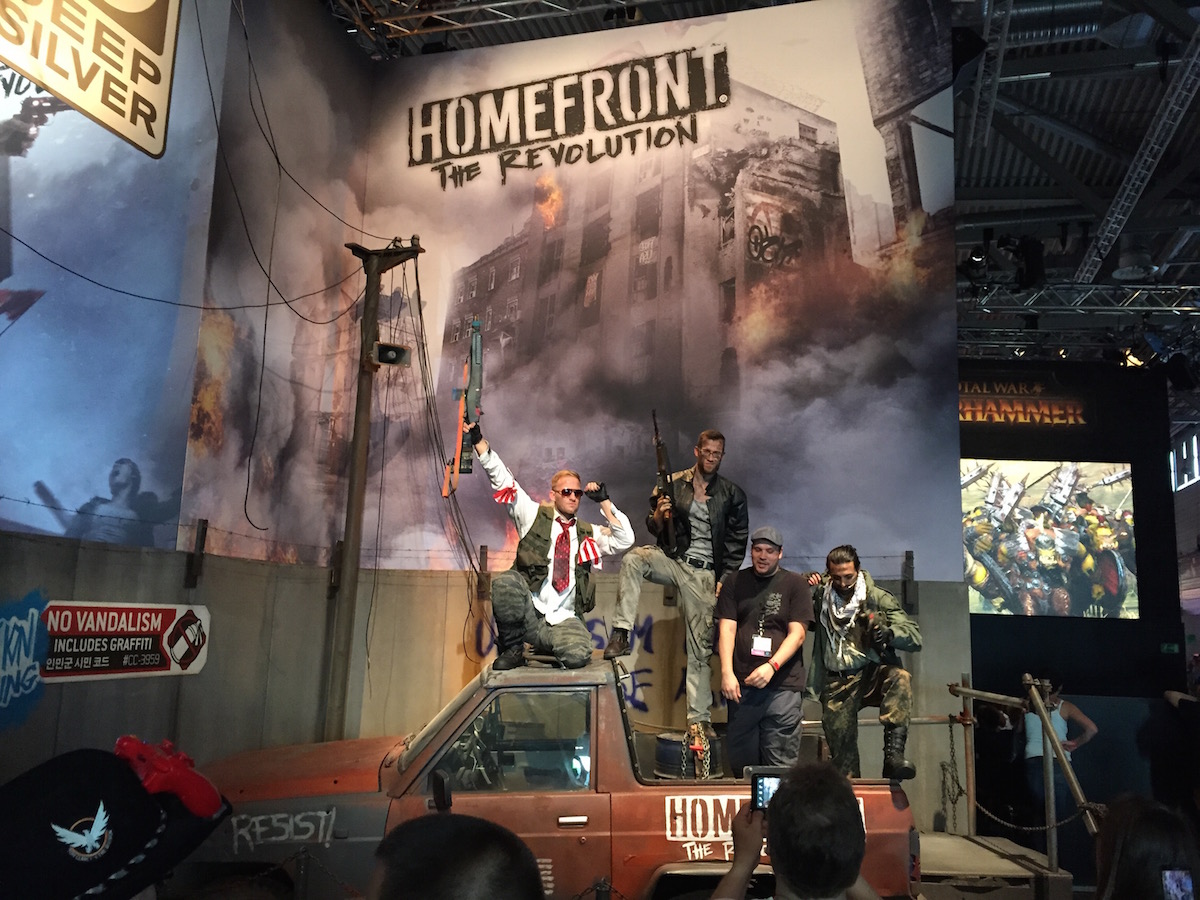
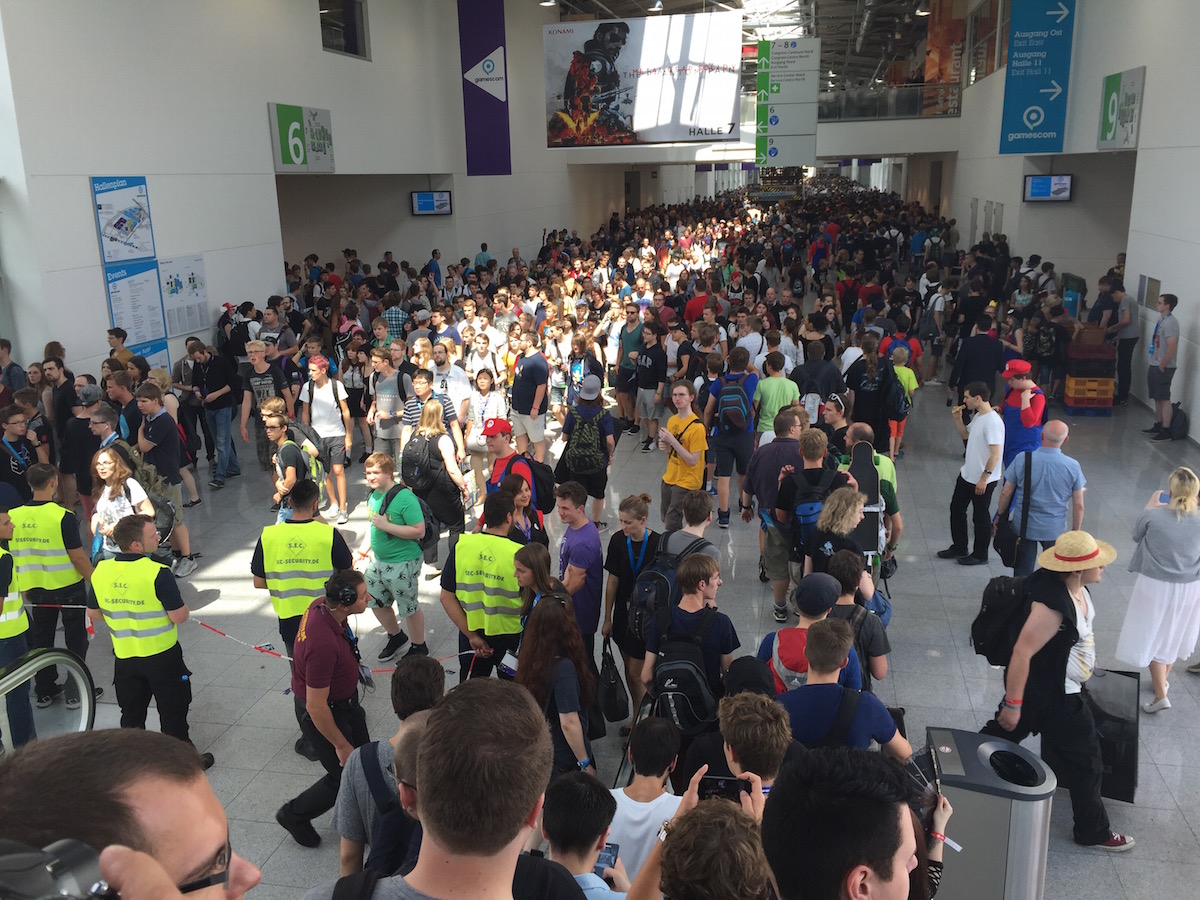
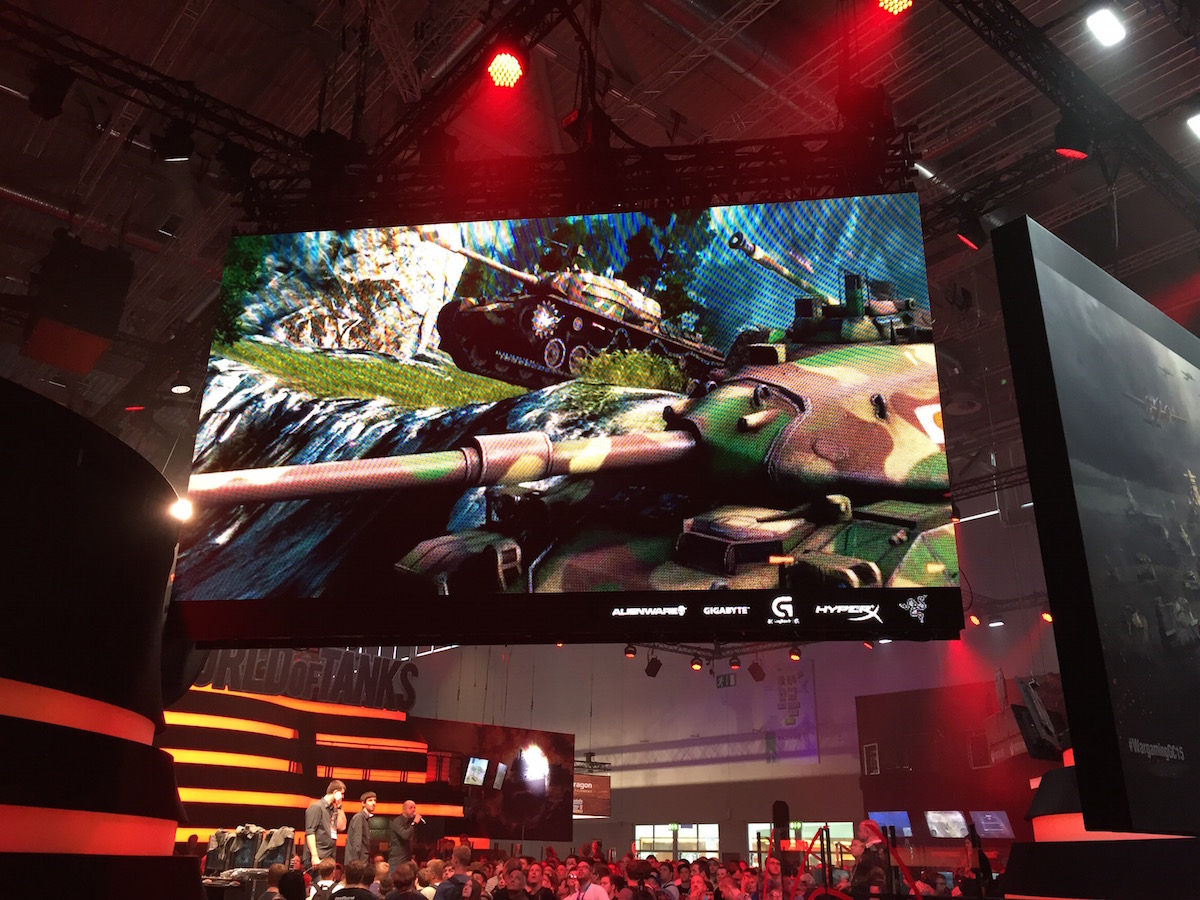
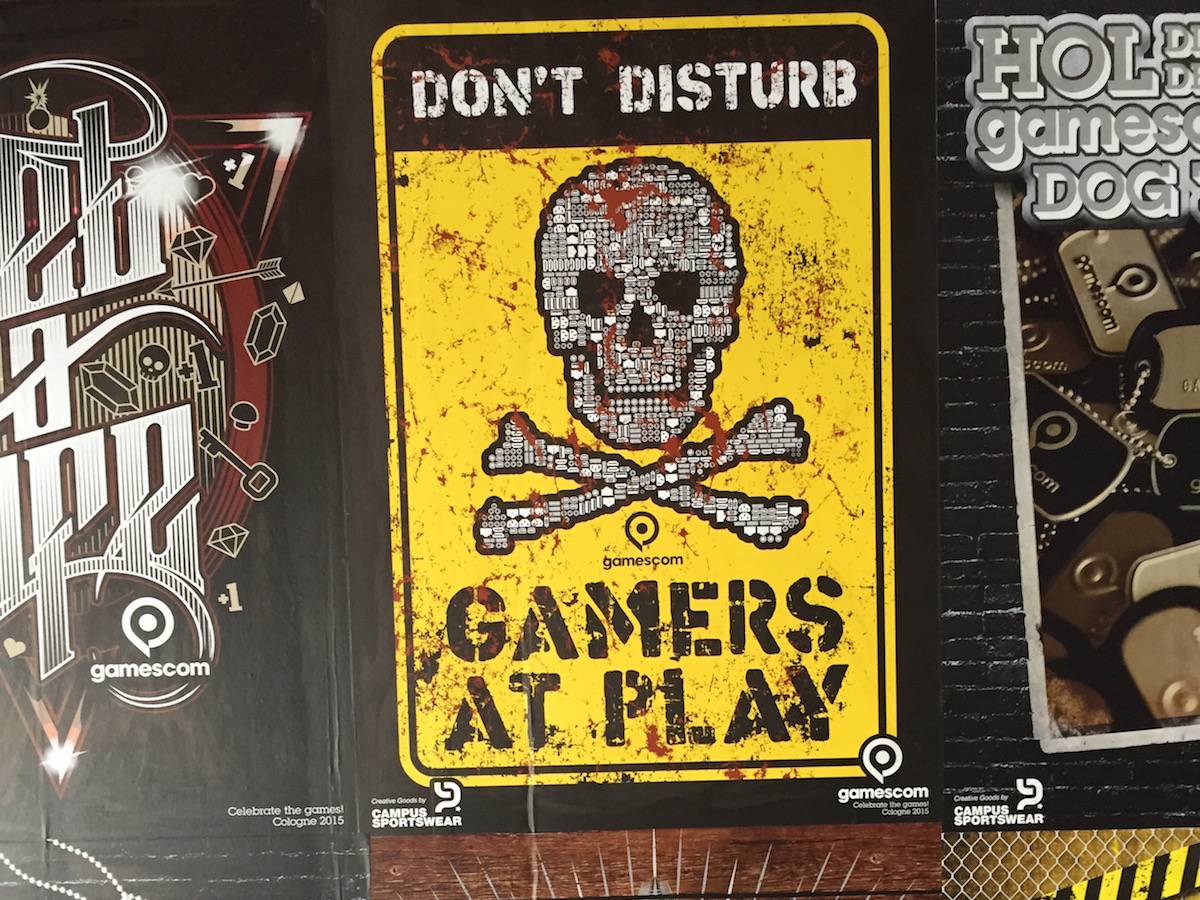
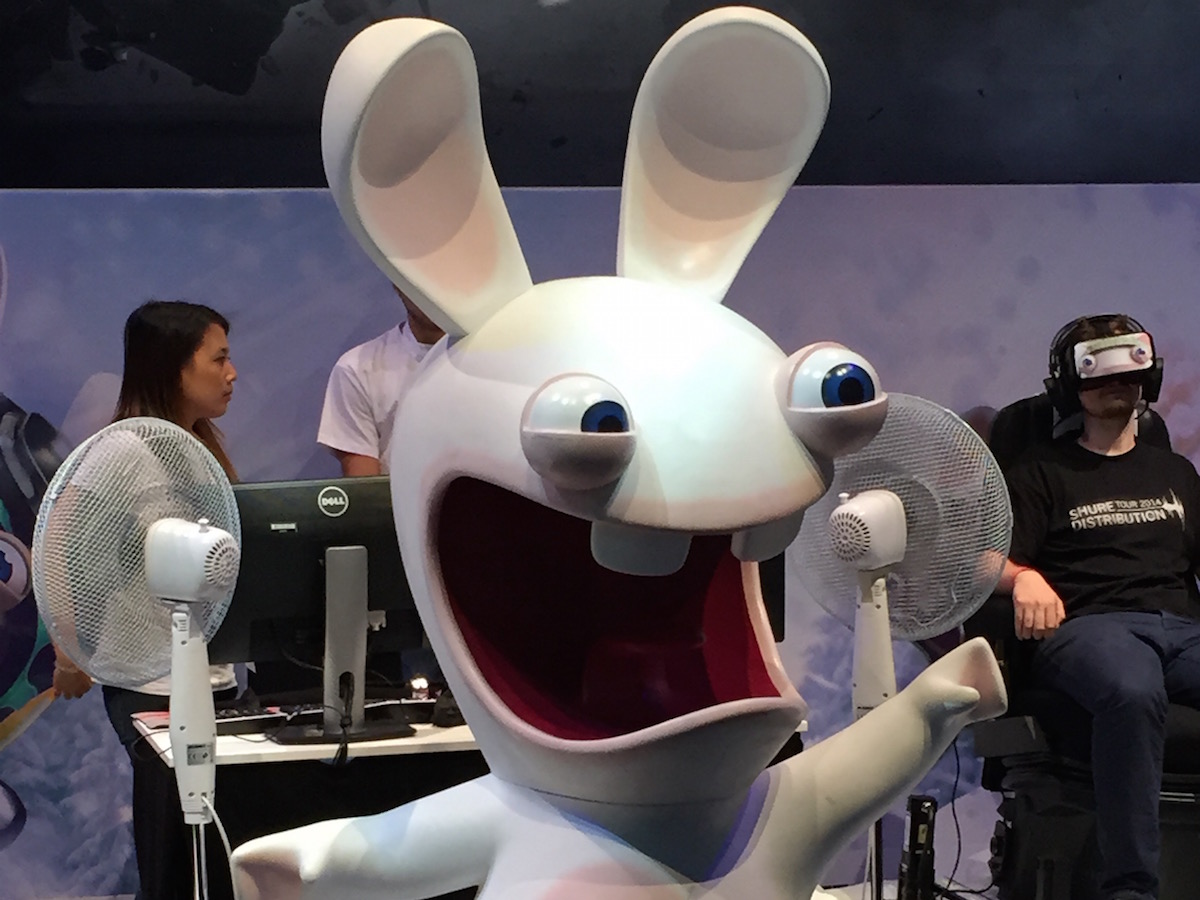
Recent Comments